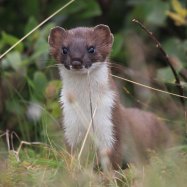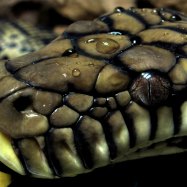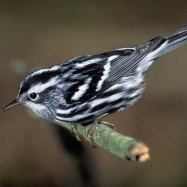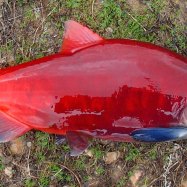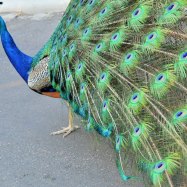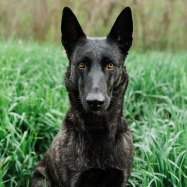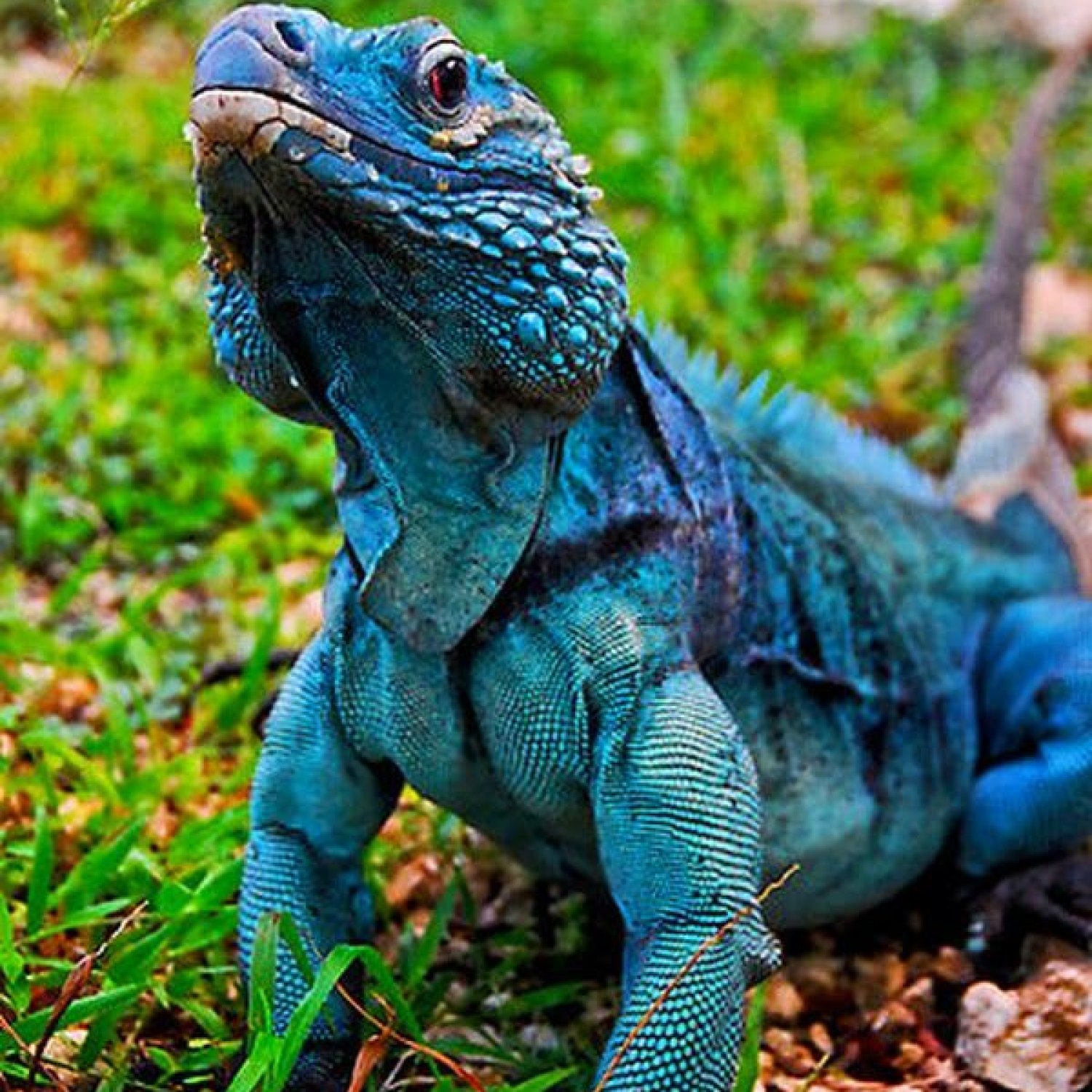
Blue Iguana
Up to 6 feet
The majestic Blue Iguana, native to Grand Cayman and a member of the Iguanidae family, can grow up to 6 feet in length. Its large, stocky body and heavy, thick tail make it an impressive sight. These fascinating reptiles are a must-see for any animal lover visiting the Caribbean. #BlueIguana #GrandCayman #Iguanidae
Animal Details Summary:
Common Name: Blue Iguana
Kingdom: Animalia
Habitat: Rocky, dry forests
The Enigmatic Blue Iguana: A Rare Jewel Found in the Heart of the Cayman Islands
Have you ever heard of an animal that is not only visually stunning but also difficult to find? Meet the Blue Iguana, a remarkable creature that has captured the hearts of many, but remains a mystery to most. With its unique coloration and elusive nature, this reptile has gained a special place in the world of natural wonders.The blue iguana, also scientifically known as Cyclura lewisi, is native to the Caribbean island of Grand Cayman. It is the largest native land animal in the Cayman Islands, with a stocky body and a thick tail that can grow up to 6 feet in length Blue Iguana. This gorgeous creature has a relatively slow growth rate, reaching maturity in about 4-5 years and living up to 20 years in the wild.
A Stunning Appearance
One cannot help but be captivated by the blue iguana's spectacular coloration. As its name suggests, it is mainly found in shades of blue, ranging from pale blue-gray to a brilliant turquoise. This unique coloration is a result of specific pigments in the skin, which is a characteristic only found in this specific species of iguana. It is this striking color that has made the blue iguanas a popular target for poachers, leading to their endangered status.Apart from their distinctive coloration, blue iguanas are also known for their large dewlaps, which are flaps of skin under their chin. These dewlaps play a vital role in regulating their body temperature, a necessary adaptation for their hot and dry habitat. The dewlaps also serve as a communication tool, used for visual displays to ward off predators or to attract potential mates.
A Habitat Like No Other
The blue iguana is a native to the island of Grand Cayman, and its natural habitat is the dry and rocky tropical forests found here Bonefish. They prefer to live in rocky areas, where they can find shelter in the crevices and caves. These habitats also provide them with ample basking areas to soak up the sun's warmth, a critical behavior for their survival.The natural range of the blue iguana was once widespread across the Grand Cayman island. However, due to habitat destruction and human activity, their numbers drastically declined, resulting in a significant decrease in their natural habitat. This destruction has primarily been caused by development, livestock grazing, and invasive species taking over their food sources.
A Strictly Herbivorous Diet
One of the distinguishing features of the blue iguana is its feeding method. Unlike other reptiles, they are strictly herbivorous, meaning they only consume plants and fruits. As juveniles, they mainly feed on insects, but as they mature, their diet changes. They become primarily vegetarian, and their diet primarily consists of leaves, flowers, and fruits of their preferred plant species, such as nicker bean trees, cocoplums, and mahogany trees.The blue iguana's specialized diet is an essential part of their life cycle, as it plays a crucial role in seed dispersal within their habitat. As they consume fruits, seeds, and other plant materials, they carry and deposit them on the forest floor, contributing to the overall ecosystem's balance.
The Endangered Status of the Blue Iguana
Unfortunately, because of the blue iguana's stunning appearance, they have become targets for poachers and illegal pet traders. This, combined with habitat destruction, has led to a severe decline in their population, putting them on the critically endangered species list. At one point, there were only a handful of these iguanas left in the wild, and they were rarely seen.However, thanks to conservation efforts, their population has slowly started to recover. The Blue Iguana Recovery Program, established in 1990, has been working tirelessly to protect and conserve these creatures' natural habitat. The program also aims to breed and release iguanas back into the wild, as well as educate the public about the importance of preserving this species.
Witnessing the Blue Iguana in its Natural Habitat
The best place to catch a glimpse of the elusive blue iguana is at the Queen Elizabeth II Botanic Park located on Grand Cayman island. This park is a protected area and home to a thriving blue iguana population. Here, visitors can take a guided tour and learn more about these creatures' behavior and habitat while also supporting the conservation efforts.Being such a rare and elusive species, spotting a blue iguana in the wild is no easy feat. However, if you do happen to see one, be sure to keep a safe distance and admire their beauty from afar. These animals are wild creatures and should be treated with respect.
A Symbol of Hope and Resilience
The blue iguana's story is a reminder that, with proper conservation efforts, we can bring back endangered species from the brink of extinction. The fact that their numbers have started to increase brings hope for the future of these magnificent creatures. But, the work is not yet done. It is crucial to continue to protect their natural habitats and educate people about the importance of biodiversity and conservation.In conclusion, the Blue Iguana is a rare and remarkable creature that has captured the hearts of many. Its unique coloration, specialized diet, and elusive nature make it a truly one-of-a-kind animal. As we work towards preserving and protecting this species, it is also essential to remember the lesson they teach us about the value of conservation and our role in protecting the natural world. Let us all do our part in ensuring these blue jewels continue to thrive in their home, the enchanting Grand Cayman island.

Blue Iguana
Animal Details Blue Iguana - Scientific Name: Cyclura lewisi
- Category: Animals B
- Scientific Name: Cyclura lewisi
- Common Name: Blue Iguana
- Kingdom: Animalia
- Phylum: Chordata
- Class: Reptilia
- Order: Squamata
- Family: Iguanidae
- Habitat: Rocky, dry forests
- Feeding Method: Herbivorous
- Geographical Distribution: Cayman Islands
- Country of Origin: Cayman Islands
- Location: Grand Cayman
- Animal Coloration: Shades of blue-gray
- Body Shape: Large, stocky body with a thick tail
- Length: Up to 6 feet
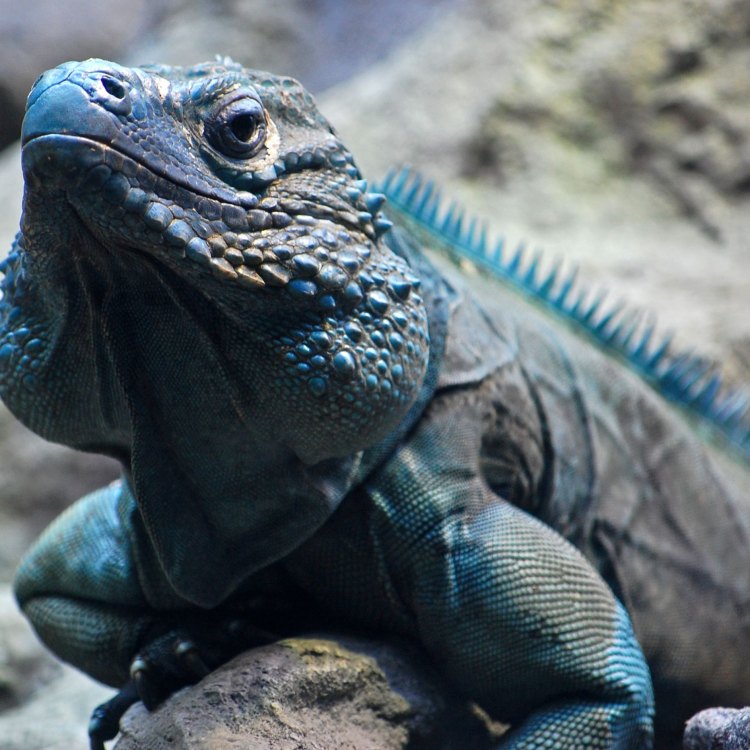
Blue Iguana
- Adult Size: 3 to 5 feet
- Average Lifespan: Over 20 years
- Reproduction: Sexual
- Reproductive Behavior: Males perform courtship displays to attract females
- Sound or Call: Low rumbling noises
- Migration Pattern: Non-migratory
- Social Groups: Solitary
- Behavior: Diurnal
- Threats: Habitat destruction, introduced predators
- Conservation Status: Critically Endangered
- Impact on Ecosystem: Important seed dispersers
- Human Use: Pet trade, ecotourism
- Distinctive Features: Large size, blue-gray coloration, prominent dorsal scales
- Interesting Facts: Blue Iguanas are the largest native land animals in the Cayman Islands
- Predator: Feral dogs, cats, and pigs
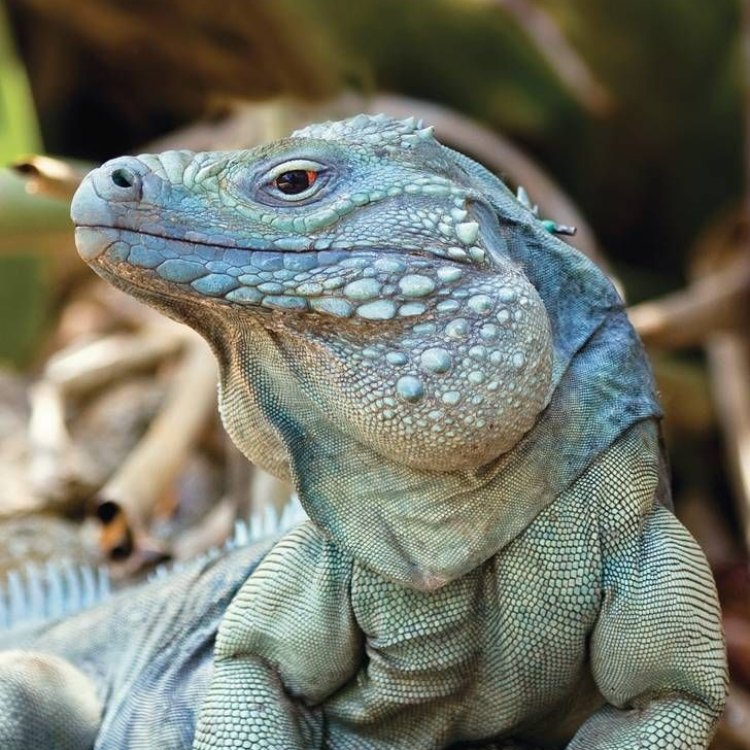
Cyclura lewisi
The Blue Iguana: A Critical Look at a Critically Endangered Species
The blue iguana, officially known as the Grand Cayman blue iguana, is a striking and unique species of reptile native to the Cayman Islands. With its large size, distinctive blue-gray coloration, and prominent dorsal scales, it is a sight to behold. However, despite its impressive appearance, this magnificent creature is facing an uncertain future.In this article, we will delve into the world of the blue iguana, exploring its physical characteristics, behavior, and the various threats it faces PeaceOfAnimals.Com. We will also examine the important role this endangered species plays in the ecosystem and its impact on humans.
The Blue Iguana: Physical Characteristics
One of the most notable features of the blue iguana is its size. Adults can reach a length of 3 to 5 feet, making them one of the largest native land animals in the Cayman Islands. They can weigh up to 30 pounds, with males being larger than females.But it's not just their size that makes them stand out. The blue iguana's striking coloration is what gives them their name. They have a blue-gray appearance, which can vary in intensity, with some individuals having a more vibrant blue hue than others. Their coloration also changes depending on their mood, environment, and health.
The blue iguana's body is covered in small, round scales, with larger and more prominent scales on their dorsal area Bass. They have a distinctive crest of long spines running down their back, adding to their overall impressive appearance.
Behavior and Reproduction
Blue iguanas are diurnal, meaning they are most active during the day. They are solitary creatures, only coming together during the breeding season. Speaking of breeding, these reptiles reproduce sexually, with males performing elaborate courtship displays to attract females.During breeding season, males will engage in head bobbing, tail waving, and body rotations in front of females to show off their strength and vitality. If a female is impressed, she will allow the male to mate with her.
After mating, females will lay their eggs in a nest dug into the ground. The sex of the offspring is determined by the temperature of the nest, with higher temperatures resulting in female hatchlings and lower temperatures producing male hatchlings.
Threats to Survival
The blue iguana was once found throughout the Cayman Islands, roaming freely in the wild. However, their numbers have drastically declined over the years due to various threats. The primary threat to their survival is habitat destruction. With the increasing development and urbanization of the Cayman Islands, the blue iguana's habitat has been greatly reduced. This has also led to isolation and fragmentation of their populations, making it difficult for them to find suitable mates and reproduce.Another significant threat to the blue iguana is introduced predators, such as feral dogs, cats, and pigs. These animals are not native to the Cayman Islands and were brought in by humans. They prey on the blue iguana, significantly reducing their numbers.
A Critical Look at Conservation Efforts
The blue iguana is currently listed as critically endangered on the International Union for Conservation of Nature (IUCN) Red List. In the 1990s, it was estimated that there were only 30 individuals left in the wild. Thanks to conservation efforts, their population has increased to around 1,000 individuals today.Conservation efforts for the blue iguana have been ongoing since the 1980s, with various organizations working together to protect and preserve this unique species. The Blue Iguana Recovery Program (BIRP) was established in 1990 with the goal of monitoring and protecting the remaining wild populations of blue iguanas.
One notable conservation success story is the Grand Cayman Blue Iguana Conservation Program, which has successfully bred and released over 1,200 captive-bred blue iguanas back into the wild.
The Importance of Blue Iguanas in the Ecosystem
While the blue iguana may not be the first animal that comes to mind when we think of the ecosystem, they play an important role in maintaining the balance of their habitat. These reptiles are important seed dispersers, helping to spread seeds of various plants throughout their home range. This function is crucial for the growth and regeneration of plant species.Without the blue iguana's presence, their native ecosystem in the Cayman Islands would be greatly affected, leading to further ecological imbalance.
Impact on Humans
Aside from being an important part of the ecosystem, blue iguanas also have an impact on humans. They are often sought after as pets, leading to the illegal pet trade. This not only poses a threat to the survival of the species but also causes harm to the individual animals being trafficked.Furthermore, the blue iguana brings in tourism through ecotourism ventures, such as guided tours to see them in the wild. This can help raise awareness about their conservation and bring in much-needed funding for conservation efforts.
Interesting Facts
Here are some interesting facts about the blue iguana that you may not have known:- Despite their name, blue iguanas are not actually blue. Their coloration ranges from gray to blue-gray.
- Their low rumbling noises, which sound like a distant lawnmower, are used for communication between individuals.
- Blue iguanas are not social animals and prefer to spend their time alone except during the breeding season.
- They are one of the longest-lived lizards, with an average lifespan of over 20 years.
- Female blue iguanas can only reproduce every 2-3 years, with a clutch size of 5-30 eggs.
The Future of the Blue Iguana
As conservation efforts continue, there is hope for the future of the blue iguana. However, their survival is still uncertain, and it is crucial that we continue to work towards their protection and preservation.This includes efforts to protect their natural habitat, control introduced predators, and combat the illegal pet trade. It is also important for us, as individuals, to raise awareness about the plight of the blue iguana and support conservation efforts in any way we can.
In conclusion, the blue iguana is a remarkable species, with its large size, striking appearance, and important role in the ecosystem. It is a reminder of the delicate balance of nature and the impact that humans can have on it. Let us all play our part in ensuring the continued survival of this critically endangered species.
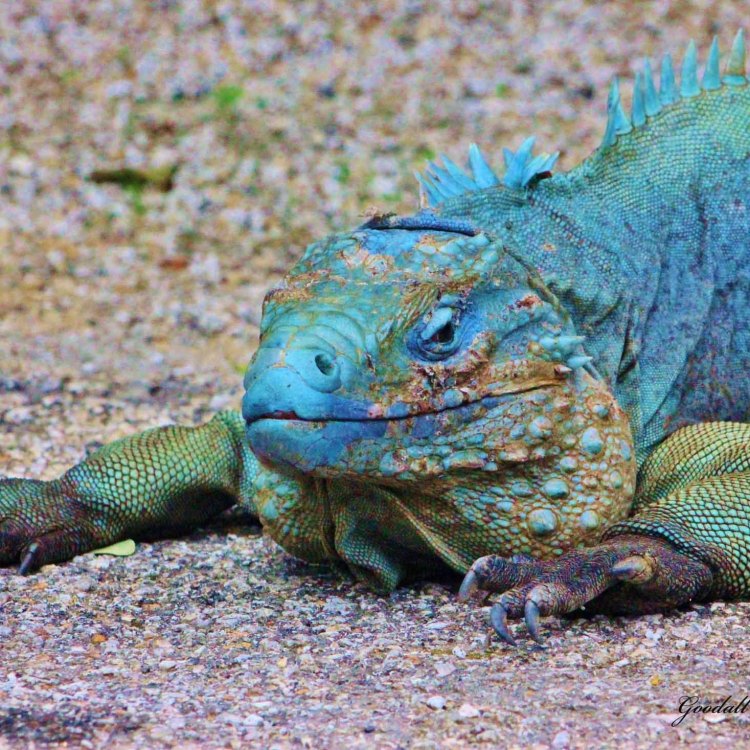
The Enigmatic Blue Iguana: A Rare Jewel Found in the Heart of the Cayman Islands
Disclaimer: The content provided is for informational purposes only. We cannot guarantee the accuracy of the information on this page 100%. All information provided here may change without prior notice.



